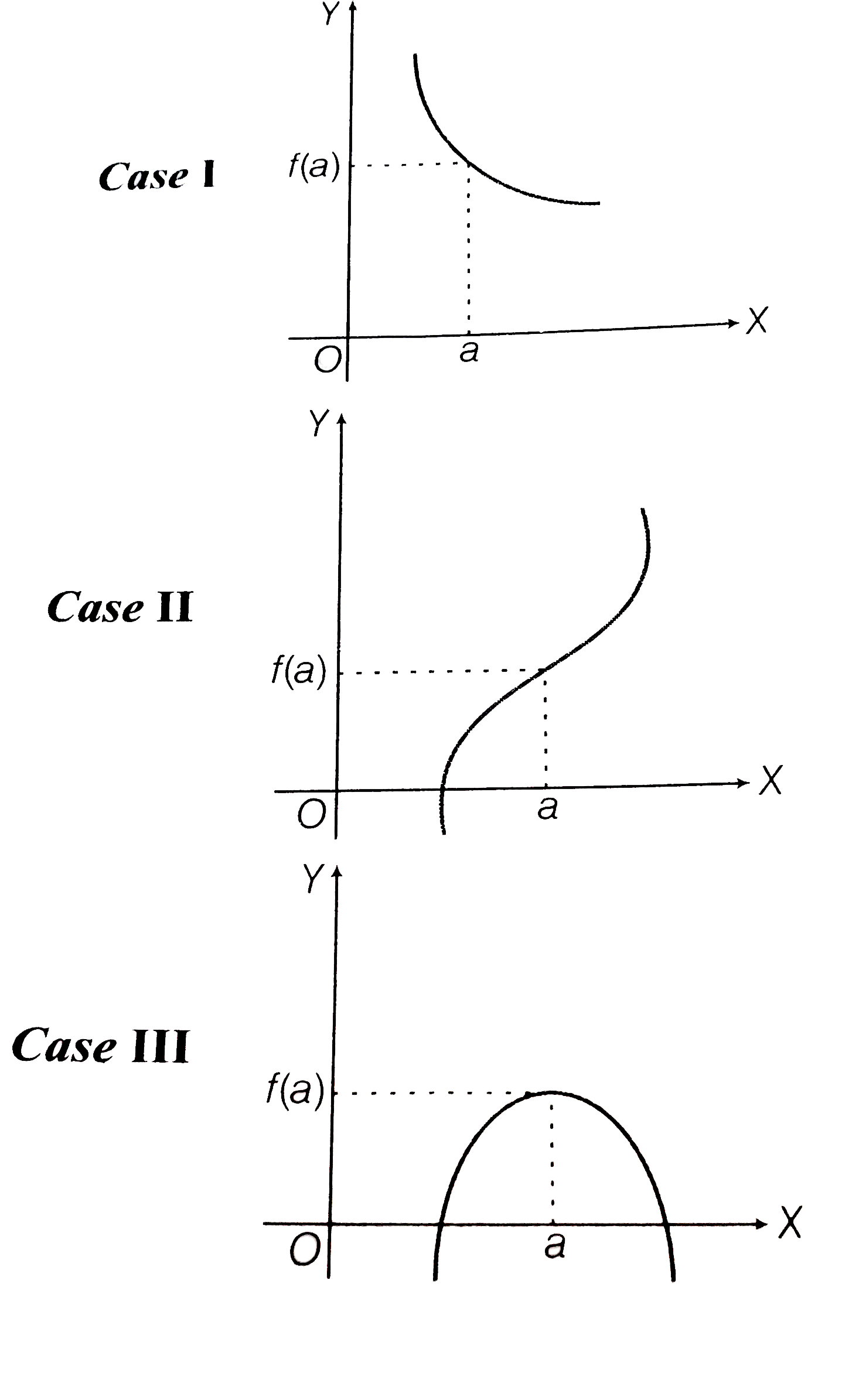If [x] denotes the greatest integer less than or equal to x, then evaluate limn→∞1n2([1.x]+[2.x]+[3.x]+...+[n.x]).Solution in Punjabi
The correct Answer is:=x2
Step by step video & image solution for If [x] denotes the greatest integer less than or equal to x, then evaluate underset(ntooo)lim(1)/(n^(2))([1.x]+[2.x]+[3.x]+...+[n.x]). by Maths experts to help you in doubts & scoring excellent marks in Class 12 exams.
Updated on:21/07/2023Topper's Solved these Questions
- LIMITSBOOK - ARIHANT MATHSCHAPTER - LIMITSEXERCISE - SOLVED EXAMPLES
1 Videos
- LIMITSBOOK - ARIHANT MATHSCHAPTER - LIMITSEXERCISE - Exercise (Single Option Correct Type Questions)
38 Videos
- INVERSE TRIGONOMETRIC FUNCTIONSBOOK - ARIHANT MATHSCHAPTER - INVERSE TRIGONOMETRIC FUNCTIONSEXERCISE - Exercise (Questions Asked In Previous 13 Years Exam)
8 Videos
- LOGARITHM AND THEIR PROPERTIESBOOK - ARIHANT MATHSCHAPTER - LOGARITHM AND THEIR PROPERTIESEXERCISE - Exercise (Questions Asked In Previous 13 Years Exam)
4 Videos
Similar Questions
To evaluate limx→a[f(x)], we must analyse the f(x) in right hand neighbourhood as well as in left hand neighbourhood of x=a. E.g. In case of continuous function, we may come across followign cases.


Iff(a) is an integer, the limit will exist in Case III and Case IV but not in Case I and Case II. If f(a) is not an integer, the limit exists in all the cases. ltbgt If f'(1)=−3 and limx→1[f(x)−12] does not exist, (where [.] denotes the greatest integer function), then
View Solutionlimx→0sin(πcos2(tan(sinx)))x2 is equal to
View SolutionIf α=3sin−1(611andβ=3cos−1(49), where the inverse trigonometric functions take only the principal values, then the correct options (s) is (are)
View SolutionIn Which quadrant Point (−2,−3) will be lie.
View SolutionIf [x] denotes the greatest integer less than or equal to x, then evaluate (lim)n→∞1n3{[12x]+[22x]+[32x]+}[n2x]}
View Solutionlim(x rarr a_(-)){(|x|^(3))/(a)-[(x)/(a)]^(3)},(a<0) where [x] denotes the greatest integer less than or equal to x is equal to:
View SolutionLet [x] denote the greatest integer less than or equal to x. If x=(√3+1)5, then [x] is equal to
View SolutionIf [x] denotes the greatest integer less than or equal to x, then evaluate limn→∞1n2([1.x]+[2.x]+[3.x]+...+[n.x]).
View SolutionIf n∈N, and [x] denotes the greatest integer less than or equal to x, then limx→n(−1)[x] is equal to.
View SolutionIf [x] denotes the greatest integer ≤x, then Limn→∞1n4([13x]+[23x]+.....+[n3x]) equals
View SolutionIf f (x)=[x] , where [x] denotes greatest integer less than or equal to x ,show that , limx→2f(x)does not exist .
View SolutionIf [x] denotes the greatest integer ≤x, then limn→∞1n3{[12x]+[22x]+[32x]+...+[n2x]}=
View SolutionLet f (x) = [x] , where [x] denotes the greater integer less than or equal to x. if a=√20112+2012 then the value of f (a) is equal to
View SolutionIf [x] denotes the greatest integer less than or equal to x then ∫∞1[11+x2]dx=
View SolutionIf [x] denotes the greatest integer less than or equal to x, then evaluate (lim)n→∞1n3{[12x]+[22x]+[32x]+}[n2x]}
View SolutionIf [x] denotes the greatest integer less than or equal to x, then evaluate limn→∞1n3([11x]+[22x]+[32x]+...+[n2x]).
View Solution
